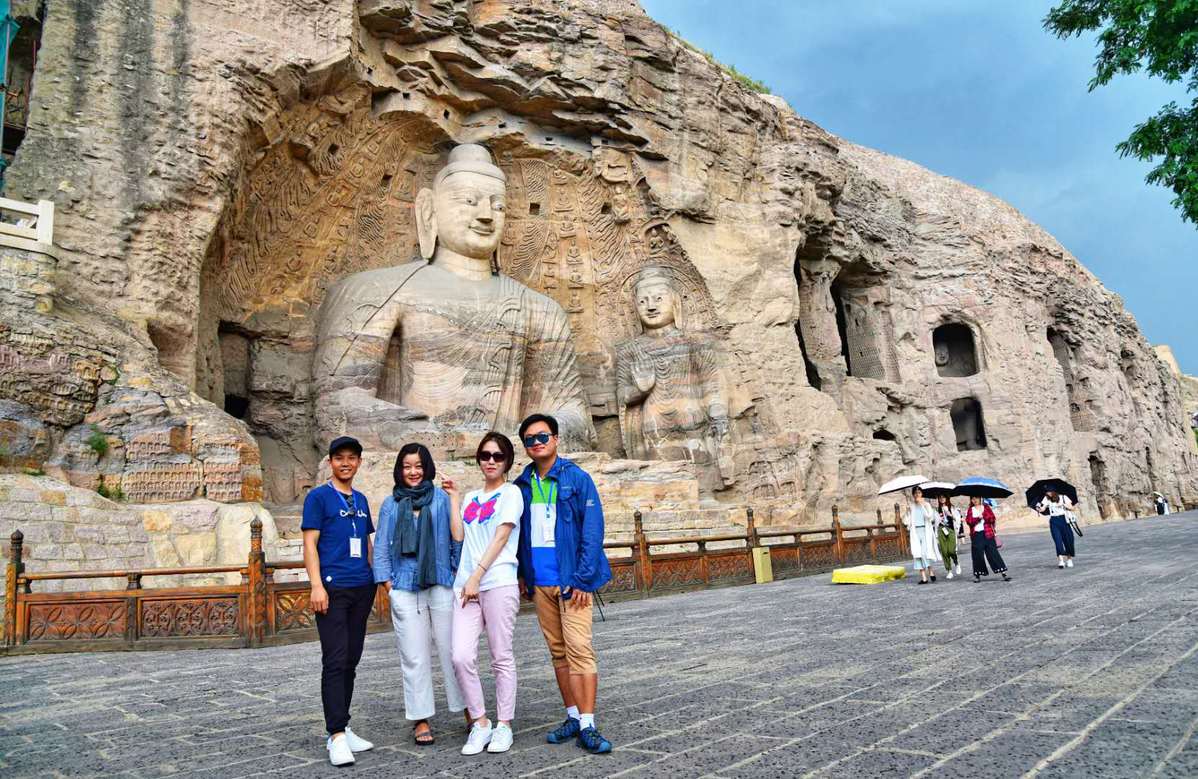The best of Datong in 96 hours


Day one: History and culture
People often say that if you haven't been to the Yungang Grottoes, then you haven't been to Datong. Whether or not you agree, the saying does reflect the vital role the landmark has played in the city's evolution.
Comprising 252 caves and 51,000 statues within a carved area of 18,000 square meters, the Yungang Grottoes represent the outstanding achievement of Buddhist cave art in China during the fifth and sixth centuries. The Five Caves created by Tan Yao, with their strict unity of layout and design, constitute a classical masterpiece during the first peak of Chinese Buddhist art.
Situated on the outskirts of the city, the Yungang Grottoes may require a half-day visit during your trip. Be sure to wake up earlier that day and take your beloved camera to record the extraordinary artwork, while remembering that flash photography is strictly prohibited at the site.
In the afternoon, your date with Datong's temples begins, as the city has many with different characteristics.
Huayan Temple enjoys the highest reputation in the city, as it occupies an important position in the history of Buddhist culture and architecture of China.
The temple was built during the Liao Dynasty (907-1125) according to the Huayan Sutra Sect of the Huayan School, and it takes its name from the Buddhist Avatamsaka Sutra, which is Huayanjing in Chinese.


















